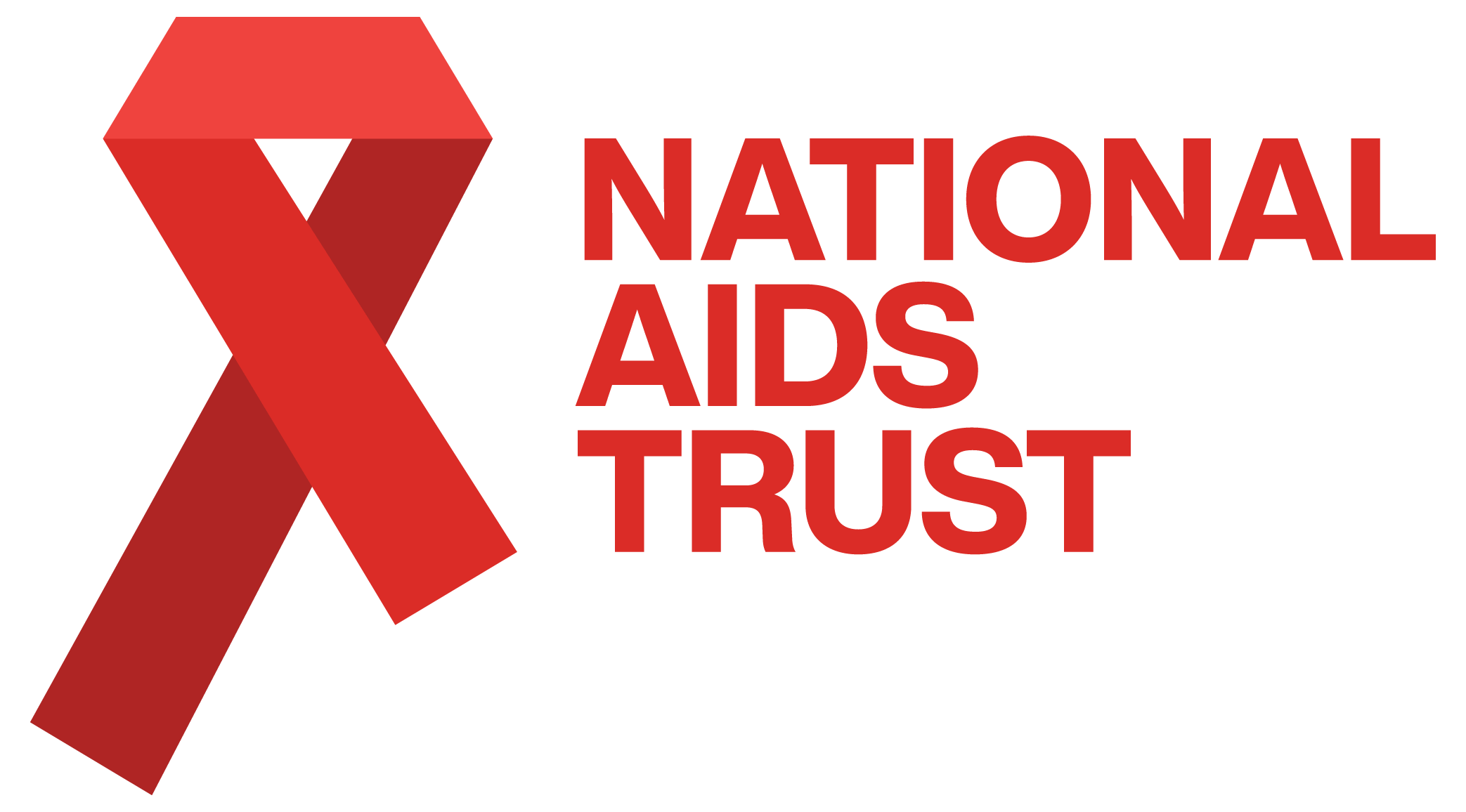It’s time to paint a fuller picture on HIV in 2021

By Kat Smithson
Forty years after the first cases of HIV-related illnesses and deaths, knowledge and understanding of HIV among the public is often patchy and confused and significant levels of stigma and discrimination remain.
These are the disappointing findings of our new attitudinal research about HIV published yesterday.
Commissioned by Fast-Track Cities London and conducted in partnership with research agency BritainThinks, this is the first research of its kind since 2014 and the biggest ever. We surveyed over 3,000 people and conducted six focus groups in the UK to find out what people know and think about HIV.
Many respondents told us they were confused about how HIV is transmitted, the developments in treatment, and what this means for HIV and people living with the condition in 2021. This confusion seems directly linked (although is not the only factor) to a lack of comfort and confidence about HIV – and this comes through in terms of openness to potential relationships with people living with HIV.
However, there is good news. Respondents often recognised the gaps in their own knowledge about HIV; they want to learn more about HIV and to support people living with HIV, including through Government policy protecting their rights.
National AIDS Trust, along with our partners, allies, friends and Government, has a responsibility to take these opportunities and to act now to change things. It’s simply not ok that more than a third of people incorrectly think you can acquire HIV from biting, and 1 in 5 think you can through kissing.
It’s even worse these myths have been perpetuated by confused messages from public services like the police and even parts of healthcare about risk from spitting and biting. Only 16% of people told researchers they knew if someone is on effective treatment, they can’t pass HIV on and can also expect to live a long and healthy life, just like anyone else.
We need to give a fuller picture of HIV rather than the mixed one of myths and facts from past and present that seem to have left people muddled. In the words of our friend and fellow HIV rights campaigner Marc Thompson, speaking at the launch of the report, we must all “step up our game!”.
This needs to be part of, but not limited to, stronger information targeting a wider public than we’ve seen in recent years. People living with HIV, with their many and varied lives and experiences, must be front and centre in order for this to be truly effective at breaking down the barriers HIV puts between people. The Government must take notice of this data and embed learning from it into its upcoming HIV Action Plan if it wants to end new cases of HIV by 2030. The public need to understand HIV as it is in 2021, and not 1981.
HIV: Public knowledge and attitudes’ key findings are:
- Most of the public don’t hear (or think) about HIV much. While there is awareness that things have changed since the 80s and 90s, most reference points are still from this period.
- Sexual health isn’t a front-of-mind concern for most people, with other health issues (such as COVID-19 and mental health) dominating public discourse.
- Knowledge of HIV is patchy. While people know what to do to prevent themselves from acquiring it, few are aware of the latest developments in treatment, such as ‘Undetectable=Untransmissible’ (‘U=U’).
- Knowledge is especially low in South Asian communities. Qualitatively, taboos around discussing sex and disease/STIs appear to be linked to this lack of knowledge.
- Just under 1 in 10 (8%) of the public report engaging in sexual behaviours that may increase the risk of being exposed to HIV in the past 18 months. 7% of the general public overall report having had a sexual health check-up or test for HIV specifically in the same period.
- HIV continues to be seen as a serious health condition by the public. However, it is seen as having decreased in urgency as a public health issue in recent years.
- Most of the public say they are empathetic towards those living with HIV, and that they deserve the same level of support and respect as those with other long-term health conditions. However, sympathy and support is often qualified, with only a third of the public completely agreeing they have sympathy for all people living with HIV, regardless of how they acquired it.
- Stigma towards those living with HIV continues to exist and is felt to be deeply entrenched. For example, 83% agree people with HIV often face negative judgement from others in society. Qualitatively, most recognise this stigma, although they feel that it has reduced in recent years. Many do not recognise that their own views are potentially stigmatising.
- Stigma is seen by many to be a result of the link between HIV and other taboo behaviours (such as condomless sex and intravenous drug use), low knowledge (e.g. of HIV transmission/ treatment) and homophobia.
- Most of the public say they are uncomfortable with having a sexual relationship with someone living with HIV, which qualitatively appears to relate to low knowledge of how HIV can be acquired, treatment and stigma.
- Exposure to information about HIV transmission and treatment appears to decrease (although not eliminate) discomfort about sexual relationships with people living with HIV.
- There is high support for public policies aimed at increased support for those with HIV, testing and reduction in transmission. In particular,9 in 10 support there being additional training for healthcare workers on HIV.
HIV: Public knowledge and attitudes, National AIDS Trust and Fast-Track Cities London, July 2021.
Kat Smithson is Director of Policy at National AIDS Trust. Follow her on Twitter here: @KatSmithson


